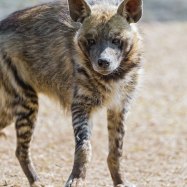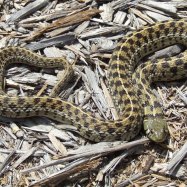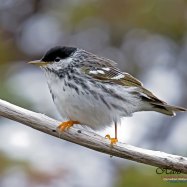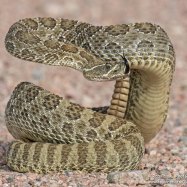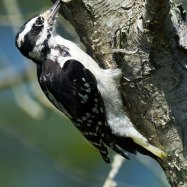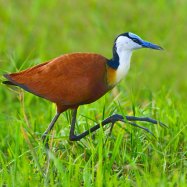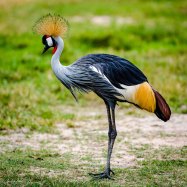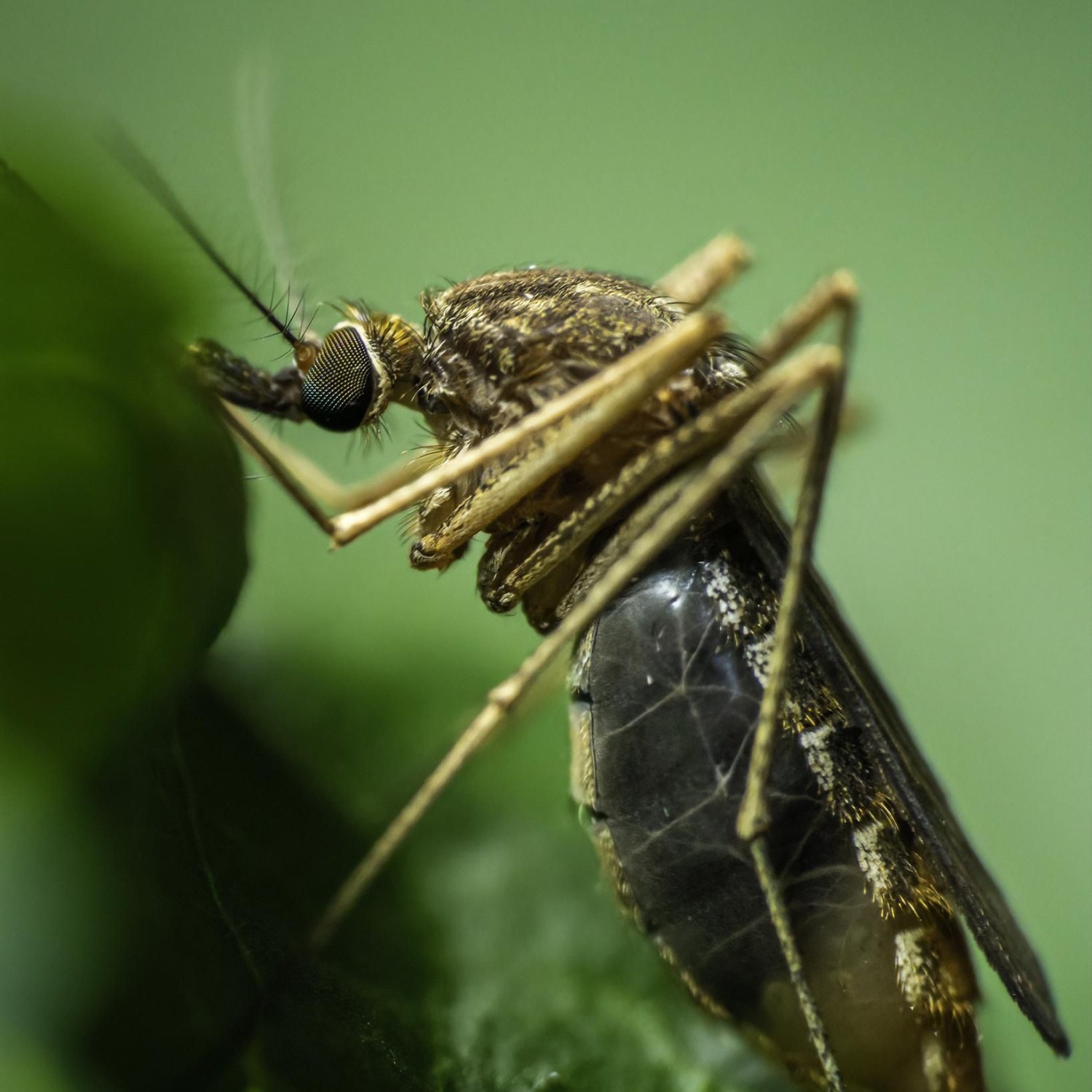
Mosquito
2 to 25 millimeters
Did you know that mosquitoes, with their slender bodies and six long legs, can range from 2 to 25 millimeters in length? These pesky insects can be found in almost any part of the world, except for Antarctica. Keep yourself protected from these tiny but mighty creatures of the family Culicidae.
Animal Details Summary:
Common Name: Mosquito
Kingdom: Animalia
Habitat: Various habitats including wetlands, forests, and urban areas
The Mighty Mosquito: Uncovering the Truth Behind the Most Dangerous Insect in the World
When we think of dangerous animals, we often imagine fierce predators like lions, crocodiles, or sharks. But what if I told you that one of the most dangerous creatures in the world is smaller than a penny and is found almost everywhere on the planet? Meet the mosquito, the pesky bloodsucker that can carry deadly diseases and cause misery to millions of people every year.Mosquitoes belong to the family Culicidae, which consists of over 3500 species. They are distinguishable by their slender bodies, six long legs, and delicate wings Mosquito. While some may think of mosquitoes as just a nuisance, they play a significant role in our ecosystem. However, their small size and seemingly harmless appearance masks their true power and impact.
The Anatomy and Behavior of Mosquitoes
To truly understand the threat of mosquitoes, we first have to delve into their biology. Mosquitoes are part of the animal kingdom Animalia and belong to the phylum Arthropoda, class Insecta, and order Diptera. They have three distinct body parts: the head, thorax, and abdomen. The head houses the sensory organs that allow them to locate their prey, while the thorax contains the wings and legs. The abdomen is where the digestive and reproductive systems are located.One of the most defining features of mosquitoes is their feeding method. Female mosquitoes require blood meals to lay their eggs, while males feed on nectar and plant juices Maltese Mix. They are equipped with specialized mouthparts called proboscis, which they use to pierce the skin and suck blood. And while it may seem like they are targeting humans, mosquitoes feed on a wide range of animals, including birds, reptiles, and mammals.
Habitats and Distribution
Mosquitoes are found almost everywhere in the world, aside from Antarctica. They are particularly prevalent in tropical and subtropical regions, but have also adapted to colder climates. They can thrive in various habitats, such as wetlands, forests, and even urban areas.In urban areas, mosquitoes find breeding grounds in stagnant water sources like gutters, flower pots, and birdbaths. They are also attracted to areas with high humidity and plenty of carbon dioxide, which is why they tend to swarm around humans.
The Dangers of Mosquitoes
Despite their small size, mosquitoes are the deadliest animals on the planet, responsible for millions of deaths each year. This is due to their ability to transmit diseases from person to person. Mosquito-borne diseases include malaria, dengue, yellow fever, Zika, and West Nile virus, just to name a few. These diseases can cause severe illness, long-term health problems, and even death.The reason mosquitoes are such effective disease carriers is because of their feeding habits. When a mosquito bites an infected host, it can then transmit the disease to another host through its saliva. This makes them ideal vectors for disease transmission, and they have been responsible for some of the largest disease outbreaks in history.
Controlling Mosquito Populations
Given the significant impact that mosquitoes have on human health, it is crucial to regulate their populations. One way to do this is through sanitation and eliminating their breeding sites. Mosquitoes need standing water to lay their eggs, so by getting rid of these sources, we can significantly reduce their numbers. Simple actions like emptying water from containers and keeping gutters clean can go a long way in controlling mosquitoes.In addition to sanitation, there are other methods of mosquito population control, such as using pesticides and mosquito traps. However, these methods can also harm other insects and disrupt the ecosystem. That's why it is essential to consider the environmental impact before implementing any control measures.
The Future of Mosquito Control
Thanks to advancements in technology and our understanding of genetics, scientists are now exploring new ways to control mosquito populations. One method currently being researched is the use of genetically modified mosquitoes. These mosquitoes are created in a lab and contain a gene that prevents them from producing viable offspring, thus reducing the overall mosquito population. This method has shown promising results in small-scale trials and could potentially help control mosquito populations in the future.Living with Mosquitoes
Despite the dangers that mosquitoes pose, it is impossible to completely eradicate them. Their adaptability and widespread distribution make it difficult to control their populations entirely. So, for now, living with mosquitoes is something we will have to accept and learn to manage.That being said, there are ways to minimize the risk of mosquito-borne diseases. Using insect repellents, wearing protective clothing, and sleeping under a mosquito net are all effective ways to reduce the chances of being bitten by a mosquito. As individuals, we also need to stay informed about any outbreaks or potential risks in our area and take appropriate precautions.
The Importance of Knowing More About Mosquitoes
While mosquitoes may seem like a minor inconvenience, they are a significant threat to human health and the ecosystem. By understanding more about their behavior, habitats, and dangers, we can take the necessary steps to prevent the spread of diseases and control their populations. Education and awareness are crucial in this battle against one of the deadliest creatures in the world.In conclusion, the mosquito may be small in size, but its impact is far-reaching. It is essential to recognize their importance in our ecosystem, but also be aware of the dangers they pose. By working together and taking necessary precautions, we can minimize the threat of mosquito-borne diseases and coexist with these pesky but mighty insects.

Mosquito
Animal Details Mosquito - Scientific Name: Culicidae
- Category: Animals M
- Scientific Name: Culicidae
- Common Name: Mosquito
- Kingdom: Animalia
- Phylum: Arthropoda
- Class: Insecta
- Order: Diptera
- Family: Culicidae
- Habitat: Various habitats including wetlands, forests, and urban areas
- Feeding Method: Female mosquitoes feed on the blood of humans and animals, while males feed on nectar and plant juices
- Geographical Distribution: Found worldwide
- Country of Origin: Unknown
- Location: Mosquitoes can be found in almost every region of the world, with the exception of Antarctica
- Animal Coloration: Varies depending on species, but commonly brown, black, or gray
- Body Shape: Slender and elongated body with six long legs
- Length: 2 to 25 millimeters
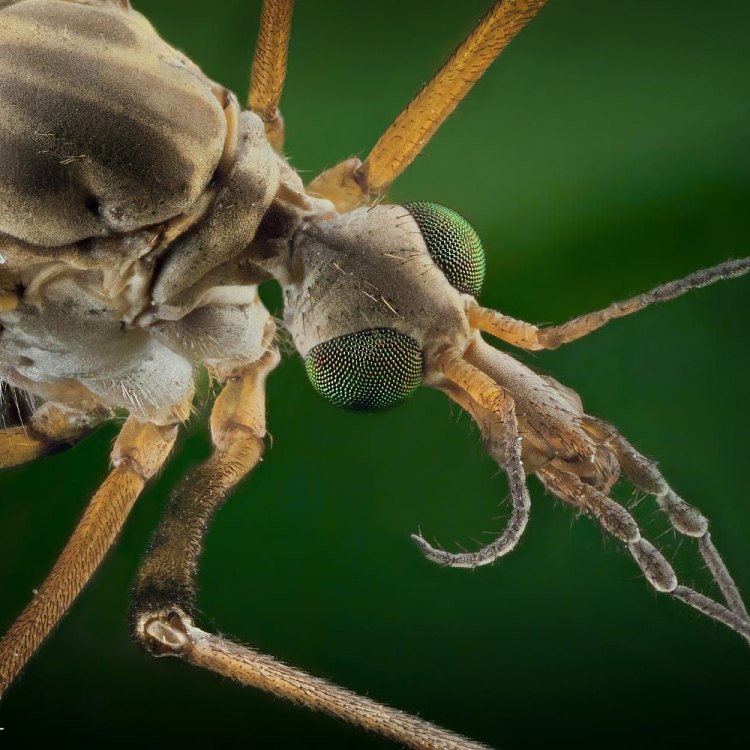
Mosquito
- Adult Size: Adult mosquitoes usually have a body length of 3 to 6 millimeters
- Average Lifespan: 2 weeks to 6 months
- Reproduction: Mosquitoes reproduce through a process called mating, where the male transfers sperm to the female
- Reproductive Behavior: Mating occurs in swarms or aggregations, and females lay eggs in standing water
- Sound or Call: Males produce a characteristic buzzing sound to attract females
- Migration Pattern: Mosquitoes do not migrate long distances, but can travel short distances to find suitable breeding sites
- Social Groups: Mosquitoes do not form social groups
- Behavior: Mosquitoes are typically active during dusk and dawn and are known to bite humans to obtain blood for reproduction
- Threats: Mosquitoes are vectors for various diseases, including malaria, dengue fever, and Zika virus
- Conservation Status: No specific conservation status as a species, but efforts are made to control their population due to disease transmission
- Impact on Ecosystem: Mosquitoes are an important food source for many organisms and play a role in pollination
- Human Use: Mosquitoes are studied for their role in disease transmission and methods of control
- Distinctive Features: Long proboscis, antenna with feathery hairs, and scales on their wings
- Interesting Facts: Only female mosquitoes bite humans, males feed on nectar and do not bite. Mosquitoes have been on Earth for over 100 million years.
- Predator: Predators of mosquitoes include dragonflies, birds, bats, and other insects
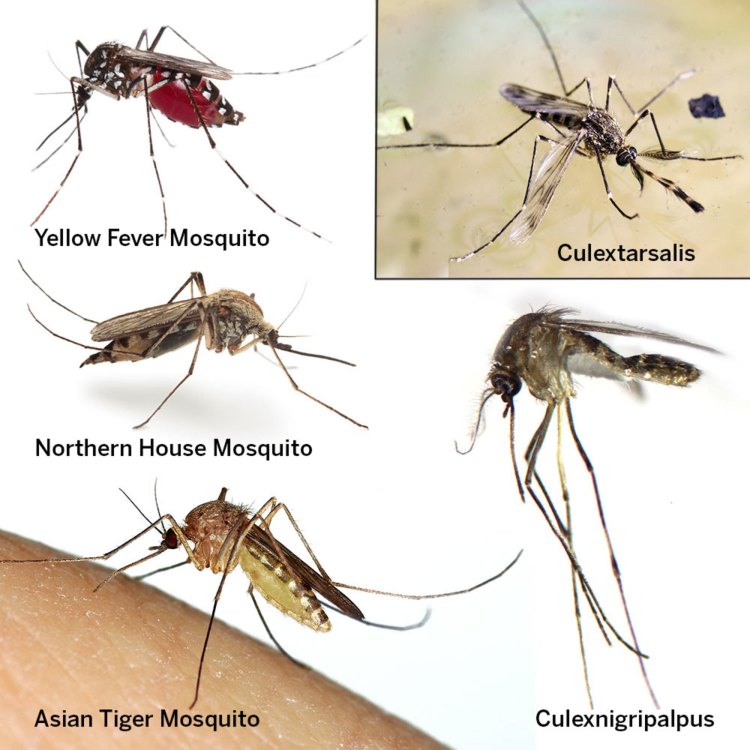
Culicidae
The Mighty Mosquito: A Tiny Yet Powerful Insect
The buzzing sound of a mosquito may be a familiar annoyance to many, but these small insects play a much larger role in our ecosystem than we may realize. With a distinctive appearance and unique reproductive behavior, mosquitoes have been around for millions of years and continue to impact our lives in diverse ways. In this article, we will take a closer look at these fascinating creatures and the important role they play in our world.Adult Size
Mosquitoes are small insects, typically measuring only 3 to 6 millimeters in length PeaceOfAnimals.Com. Despite their diminutive size, they can cause significant discomfort and even health risks to humans and animals. They belong to the family Culicidae, which includes over 3,500 species of mosquitoes.
Average Lifespan
The lifespan of a mosquito can vary greatly depending on the species, environmental conditions, and reproductive success. In general, adult mosquitoes live for about 2 weeks to 6 months. However, some species can live for up to a year in ideal conditions. This relatively short lifespan is why mosquitoes are usually seen in higher numbers during the warmer months of the year.
Reproduction
Like most insects, mosquitoes reproduce sexually through a process called mating. The females require a blood meal to produce and develop their eggs, while the males live off of nectar and plant juices. Males and females come together in a process known as mating, where the male transfers sperm to the female Merganser. The female then lays her eggs, which can range from a few dozen to hundreds at a time.
Reproductive Behavior
The reproductive behavior of mosquitoes is unique and crucial in understanding their impact and control. Mating often occurs in swarms or aggregations, where many males gather to attract and compete for females. The females, on the other hand, are responsible for finding and choosing a suitable mate.
After mating, the females require a blood meal to develop and lay their eggs. This is why they are known to bite humans and animals, as they need the protein from the blood for reproduction. Once they have obtained their blood meal, they will lay their eggs in standing water, where they will hatch and develop into larvae.
Sound or Call
Many people are familiar with the buzzing sound of mosquitoes, especially at night when we are trying to sleep. This familiar sound is produced by the male mosquitoes as they fly and is used to attract females for mating. The pitch and frequency of the sound can vary between species, making it a distinct characteristic for identification.
Migration Pattern
Mosquitoes do not typically migrate long distances, but they can travel short distances to find suitable breeding sites. Some species are known to travel up to a few miles in search of blood meals and breeding sites. However, they are not known for long-distance migratory patterns like some birds or insects.
Social Groups
Unlike many other insects, mosquitoes do not form social groups. They usually live and breed independently, only coming together during mating. However, some species are known to form temporary groups around resources like food and water sources.
Behavior
Mosquitoes are primarily active at dawn and dusk, known as the "crepuscular" period. However, some species are also active during the day, depending on their feeding and breeding habits. They are known to be attracted to humans and animals for their blood meals, which they obtain through their sharp and elongated proboscis.
Threats
While the sound and bites of mosquitoes may be annoying, the real threat lies in the diseases they can carry and transmit. Mosquitoes are vectors for various diseases, including malaria, dengue fever, and Zika virus. They can also transmit heartworm to dogs, a potentially fatal disease. These diseases pose significant health risks to humans and animals and have a significant impact on global health.
Conservation Status
As a species, mosquitoes do not have a specific conservation status. However, efforts are made to control their population due to the risks posed by disease transmission. Various methods of control, such as insecticides and environmental interventions, are used to reduce the mosquito population and prevent the spread of diseases.
Impact on Ecosystem
Despite their negative impact on human health, mosquitoes play a vital role in our ecosystem. They are an essential food source for many organisms, including birds, bats, and other insects. They also play a role in pollination, with some species feeding on the nectar of flowers.
Human Use
Mosquitoes have been studied extensively for their role in the transmission of diseases and methods of control. Scientists also use them as a model organism for understanding biological processes and studying genetics. Understanding their behaviors and life cycles is crucial in developing effective methods of control and prevention.
Distinctive Features
Mosquitoes have several distinctive features that make them easily identifiable. Firstly, they have a long proboscis, which is used for sucking blood. They also have antenna with feathery hairs, which are used for detecting sound, humidity, and chemicals in the environment. Additionally, their wings are covered in scales, giving them a shimmery appearance.
Interesting Facts
Despite their pesky reputation, mosquitoes have some interesting facts that may surprise you. For one, only female mosquitoes bite humans, as males feed on nectar and do not require blood for reproduction. Another interesting fact is that mosquitoes have been around for over 100 million years and have evolved with the Earth's changing climate and environments.
Predator
Just like any other organism, mosquitoes also have predators. Some of their predators include dragonflies, birds, bats, and other insects. These predators play an essential role in controlling the mosquito population and preventing the spread of diseases.
In conclusion, while mosquitoes may seem like a nuisance to us, they play a vital role in our ecosystem. From their unique reproduction and behavior to their role as vectors for diseases, they have a significant impact on our lives. Understanding more about these tiny yet powerful insects can help us develop better methods of control and coexist with them in our world. So the next time you hear the familiar buzzing sound, remember the mighty mosquito and its role in our planet.
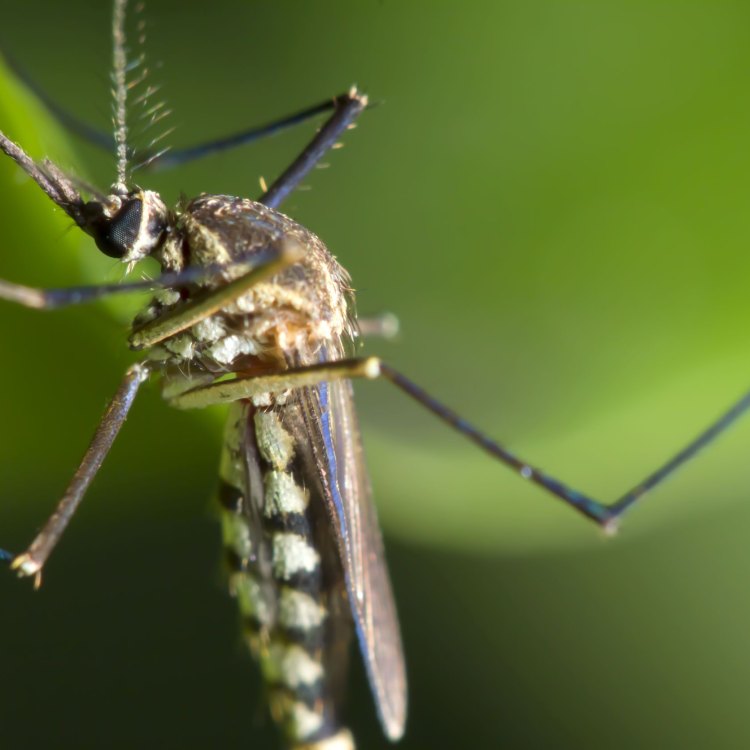
The Mighty Mosquito: Uncovering the Truth Behind the Most Dangerous Insect in the World
Disclaimer: The content provided is for informational purposes only. We cannot guarantee the accuracy of the information on this page 100%. All information provided here may change without prior notice.

